Corrosion
- Uniform surface corrosion is a form of corrosion with nearly uniform material loss rate on the entire surface. See Fig. 1 Corrosion
- Shallow pit formation, on the other hand, is characterised by localised attack of the surface. It is caused by local variations in corrosion impact (temperature, concentration, flow velocity) with formation of corrosion products of variable solubility. See Fig. 2 Corrosion
- Pitting corrosionis a very localised electrolytically induced material loss that leads to the formation of holes (pitting). Pitting can occur in the presence of corrosion cells (see DIN 50900, Part 2), particularly in liquids with chlorides and especially on stainless steels and on aluminium alloys. See Fig. 3 Corrosion
- Crevice corrosion is found in small crevices between metals of the same type or between metallic and non-metallic materials. There is a corrosion cell that is frequently formed by concentration of chlorides in the crevice, or by depletion of oxygen in the crevice thus preventing the formation of a protective oxide layer.
- Galvanic corrosion is caused by the formation of a corrosion cell between metals with different free corrosion potentials, where the less noble metal is anodically dissolved more quickly and the more noble forms the cathodic surface for the reaction. The corrosion rate depends on the difference in corrosion potentials between the two metals, and the ratio of reaction surface areas of the two materials. Combining small anode surfaces and very large cathode surfaces should therefore be avoided, especially when the difference in free corrosion potentials is very large.
- Selective corrosion is a type of corrosion in which only certain parts of the material structure are corroded, e.g. areas near the grain boundaries or alloy components. Examples of selective corrosion include spongiosis (graphitisation), intergranular corrosion, dezincification and dealumination. See Figs. 4, 5 Corrosion
- Spongiosis (graphitisation) is an example of selective corrosion of cast iron caused by the dissolution of ferrite and perlite due to the lack of protective layer formation. The original shape of the part is preserved by the graphite skeleton filled with corrosion products. See Fig. 6 Corrosion
- Intergranular corrosion is the preferred corrosion attack of the areas near grain boundaries. In stainless steels it is caused by chromium depletion due to carbides precipitating on the grain boundaries. Intergranular corrosion can lead to rapid intergranular attack (grain disintegration). See Fig. 7 Corrosion
- Dezincification or dealumination is the selective corrosion of zinc-rich or aluminium-rich phases in non-ferrous metals.
- Downtime corrosion occurs in stagnant fluids and only develops during a plant's non-operating periods.
- Microbial corrosion is caused by microorganisms, e.g. by sulphate-reducing bacteria.

Fig. 1 Corrosion: Uniform surface corrosion (micrograph)

Fig. 2 Corrosion: Shallow pit formation
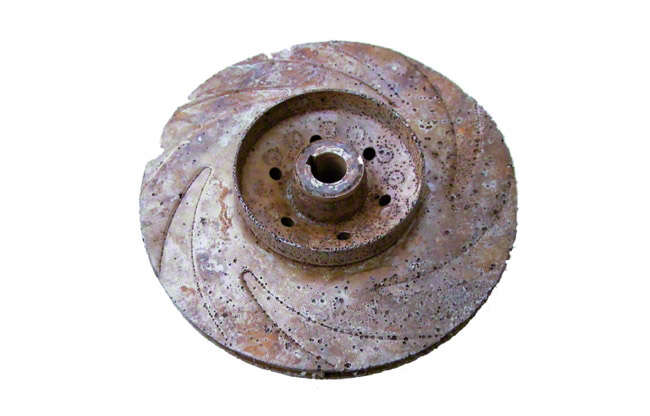
Fig. 3 Corrosion: Pitting
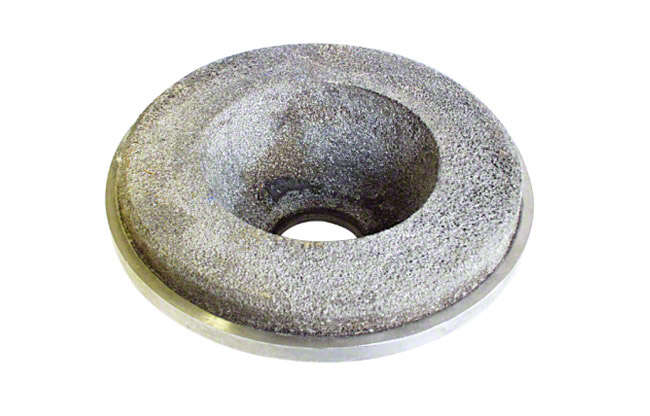
Fig. 4 Corrosion: Selective attack
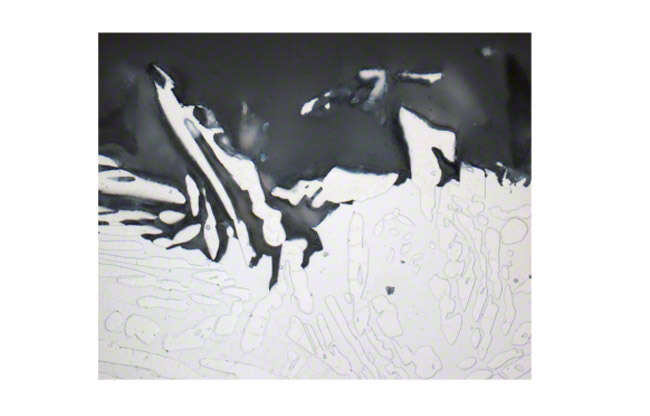
Fig. 5 Corrosion: Selective attack (micrograph)
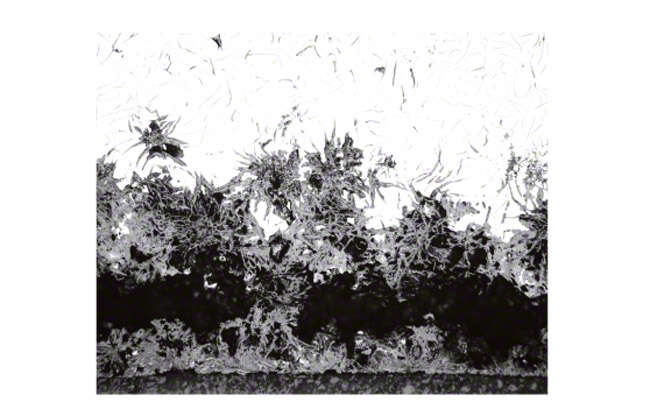
Fig. 6 Corrosion: Spongiosis (micrograph)
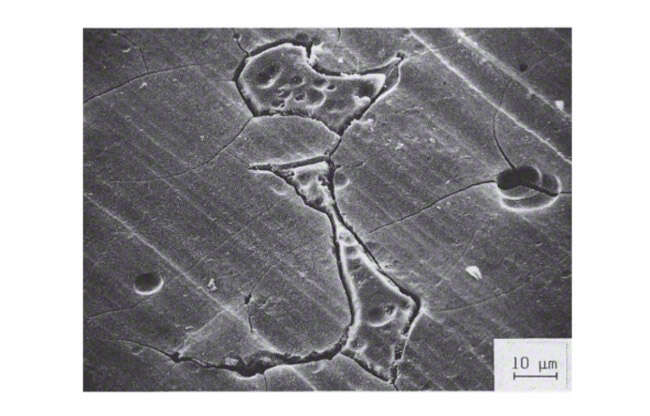
Fig. 7 Corrosion: Intergranular attack (SEM image); SEM = scanning electron microscope)
- Erosion corrosion is a combination of mechanical wear (see Abrasion) and corrosion, where corrosion is facilitated by the destruction of protective layers as a result of the erosion. See Fig. 8 Corrosion
- Cavitation corrosion is a combination of cavitation and corrosion, where the corrosion is either initiated or accelerated by local destruction of protective layers by cavitation. See Fig. 9 Corrosion
- Fretting corrosion is caused by mechanical wear and damages protective or passive layers in a corrosion attack of an aggressive fluid.
- Stress corrosion cracking occurs as cracks in metals when exposed to various tensile stresses in certain corrosive media. The brittle fracture of the material without any visible corrosion products is a feature of stress corrosion cracking. See Stress corrosion cracking, Figs. 11, 12
- Corrosion fatigue is a brittle, mainly transgranular crack formation in metals caused by the interaction of mechanical cyclic stresses and corrosion. See Fig. 12 Corrosion
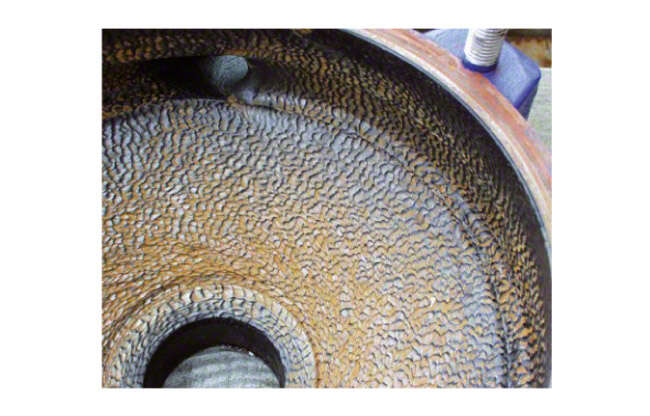
Fig. 8 Corrosion: Loss of material by erosion corrosion

Fig. 9 Corrosion: Loss of material by cavitation corrosion
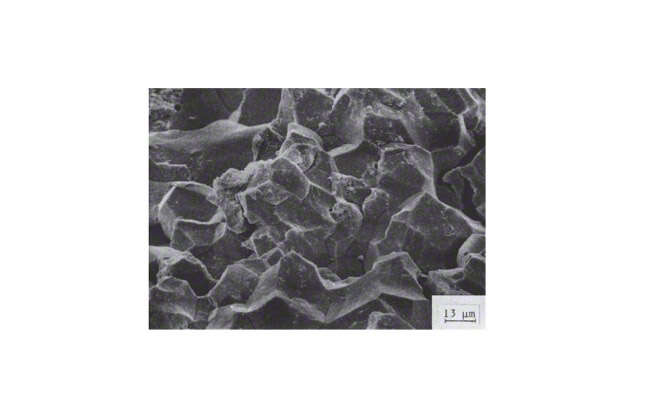
Fig. 10 Corrosion: Fracture surface resulting from intergranular stress corrosion cracking (SEM picture)
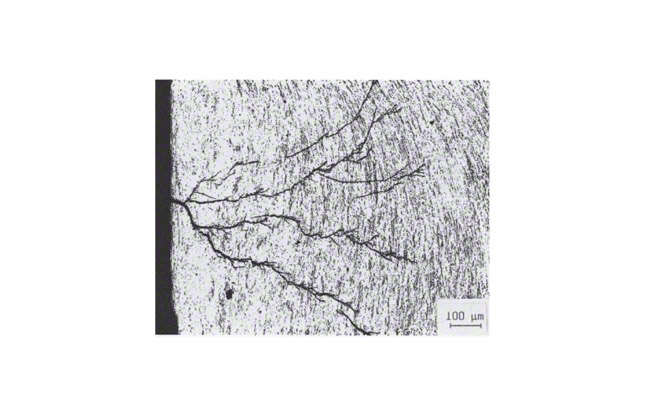
Fig. 11 Corrosion: Corrosion cracks caused by transgranular stress corrosion (micrograph)
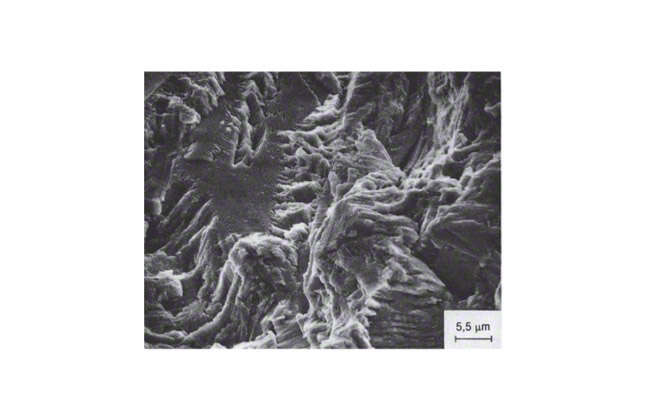
Fig. 12 Corrosion: Fracture surface resulting from corrosion fatigue (SEM picture) SEM = Scanning electron microscope
- A corrosion cell is a galvanic cell that consists of a cathode and an anode, which are metallically conductive and electrolytically connected. This cell can be caused by a combination of different metals (galvanic corrosion), different phases in one material (selective corrosion), local aeration and local ion concentration (crevice and pitting corrosion). Electrochemically less noble metals, material phases, etc. act as anodes (metal ions pass into the electrolyte) and the electrochemically more noble metal acts as the cathode surface (cations from the electrolyte are reduced). Even on homogeneous metal surfaces local anodes and cathodes can be formed by locally different aeration or deposits of corrosion products.
- Electrode potential is the electric potential of a metal or an electron-conducting solid in an electrolytic solution. The electrode potential can only be measured as a voltage against a reference electrode. See Fig. 13 Corrosion
- A reference electrode is an electrode that keeps its electrode potential constant even when exposed to outside voltages. The potential of the reference electrode refers to the potential of the standard hydrogen electrode.
- Free corrosion potential (rest potential) is the potential shown on metal wetted with electrolyte without the effects of external electric currents.
- Pitting corrosion potential is the critical potential where pits start to grow constantly in number and size.
- Repassivation potential is the critical potential below which pits stop growing and start to repassivate.
- Passivation is the transition of a metal from the active to the passive corrosion state (passivity). Passivation can be caused by electrochemical or chemical reactions.
- Passivity occurs when the anodic metal dissolution decreases under stationary conditions, such as when the electrode potential is shifted to more noble values or the concentration of dissolved, oxydising substances in the solution is increased. Due to this, a thin, closed oxide layer is formed on the surface of the wetted metal (passive layer, protective layer), which greatly reduces further metal dissolution and gives good corrosion resistance to electrochemically non-noble noble pure metals and metal alloys (see Chemical resistance table).

Fig. 13 Corrosion: Practical electrochemical series for seawater
